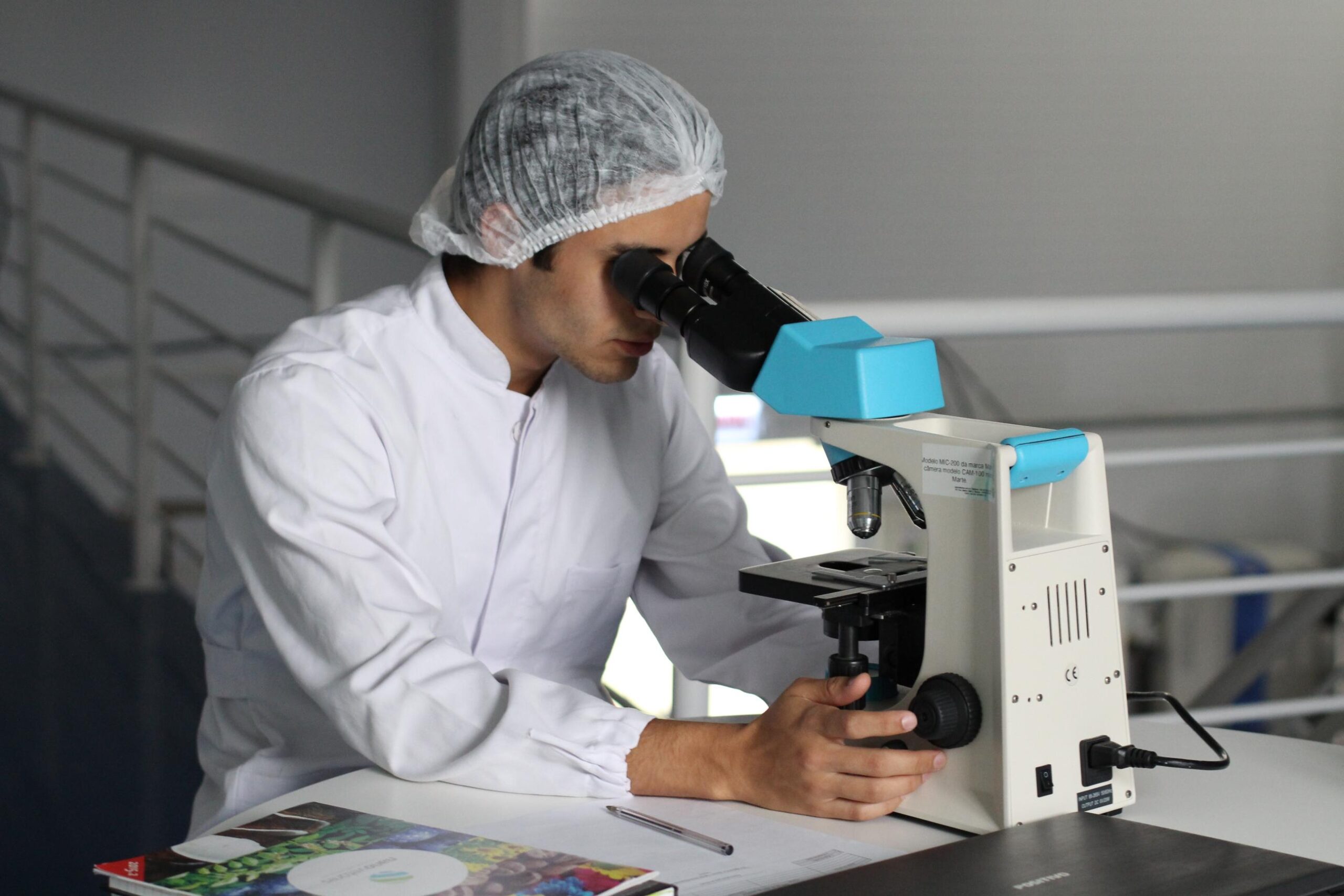1. Minimally invasive surgery: Advances in surgical techniques have enabled orthopedic surgeons to perform procedures with smaller incisions and reduced damage to surrounding tissues. This leads to faster recovery times and less scarring for patients.
2. Robot-assisted surgery: Robotic technology has been increasingly used in orthopedic surgeries, allowing for greater precision and accuracy in procedures such as joint replacements. This technology can improve outcomes and reduce complications.
3. 3D printing: The use of 3D printing has revolutionized orthopedic care by enabling the creation of patient-specific implants, prosthetics, and surgical guides. This customization improves the fit and function of devices, leading to better outcomes for patients.
4. Biologic treatments: Orthopedic research has made significant advancements in biologic treatments, such as platelet-rich plasma (PRP) and stem cell therapies. These treatments promote tissue regeneration and accelerate the healing process for various orthopedic conditions.
5. Advanced imaging techniques: Imaging technologies like MRI, CT scans, and ultrasound have greatly enhanced diagnostic capabilities in orthopedics. These non-invasive techniques provide detailed images, aiding in the detection and treatment of injuries and diseases.
6. Orthobiologics: Orthobiologics are substances derived from natural sources that promote healing and tissue regeneration. These include bone graft substitutes, growth factors, and tissue-engineered scaffolds, which have improved outcomes in conditions like bone fractures and spinal fusions.
7. Navigation systems: Computer-assisted navigation systems have become increasingly common in orthopedic surgeries, allowing surgeons to precisely plan and execute procedures. These systems help to ensure accurate implant placement and alignment, reducing the risk of complications.
8. Implant technology: Advances in implant materials, design, and techniques have significantly improved the durability and longevity of joint replacements. The development of wear-resistant materials and improved fixation methods have led to better outcomes for patients.
9. Regenerative medicine: Orthopedic research has explored the potential of regenerative medicine, including tissue engineering, to create new tissues and repair damaged ones. This field holds promise for the future treatment of conditions like cartilage defects and spinal cord injuries.
10. Rehabilitation techniques: Advancements have been made in rehabilitation techniques such as motion analysis, virtual reality, and robotic exoskeletons. These technologies can enhance post-operative recovery, improve mobility, and facilitate functional independence for orthopedic patients.




